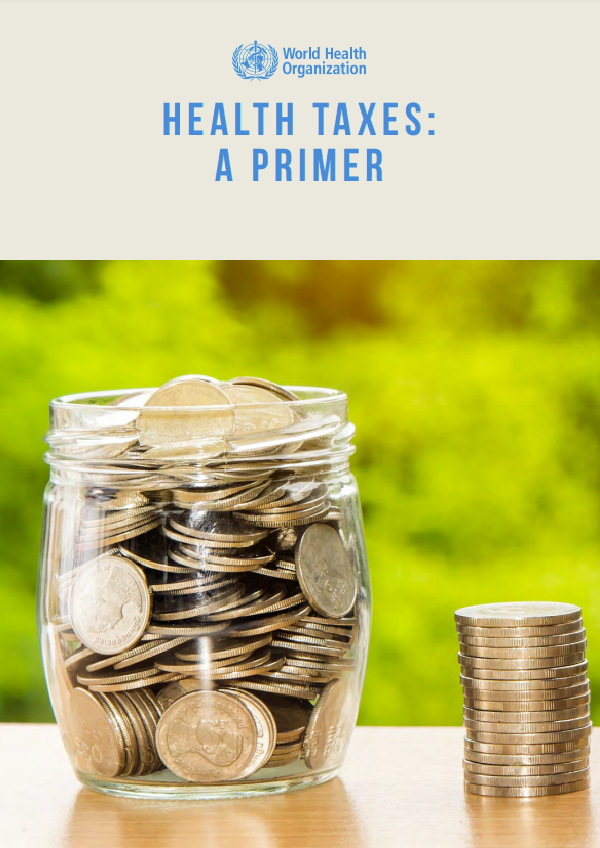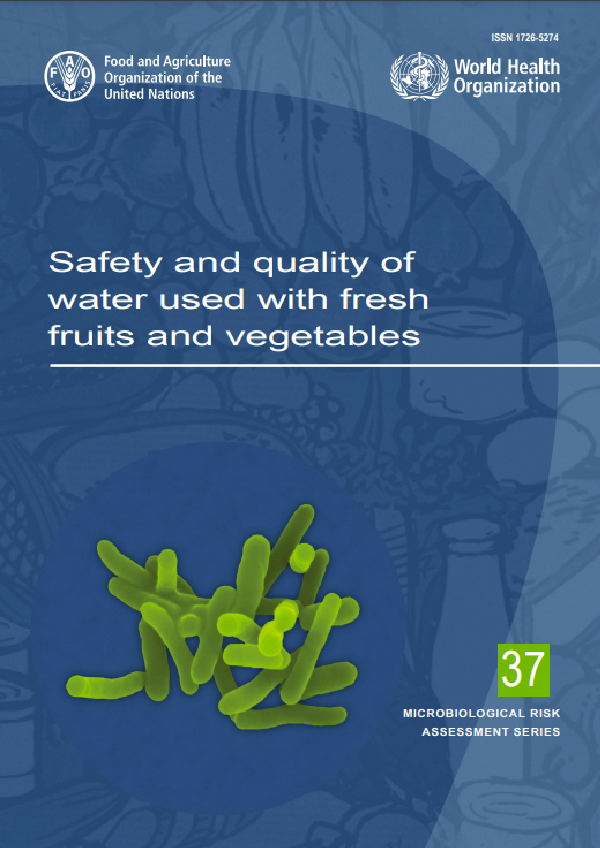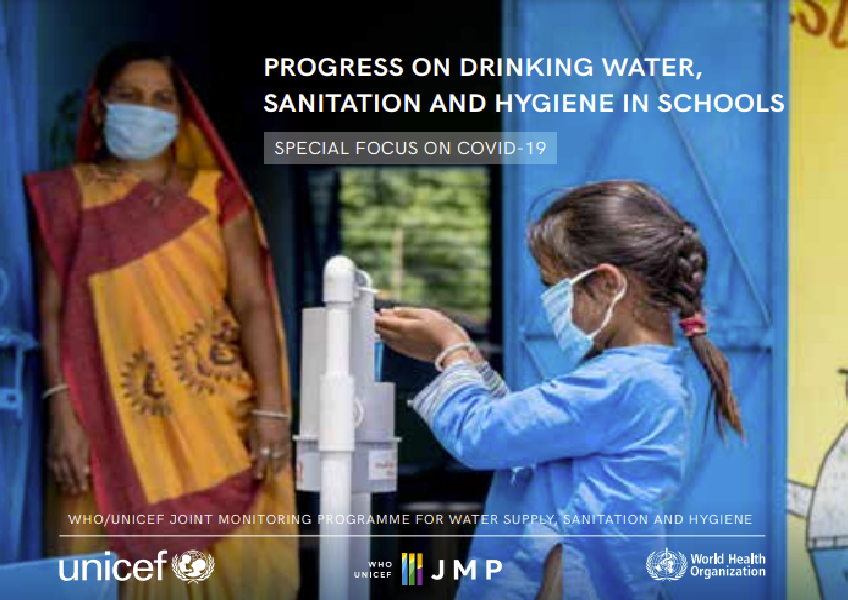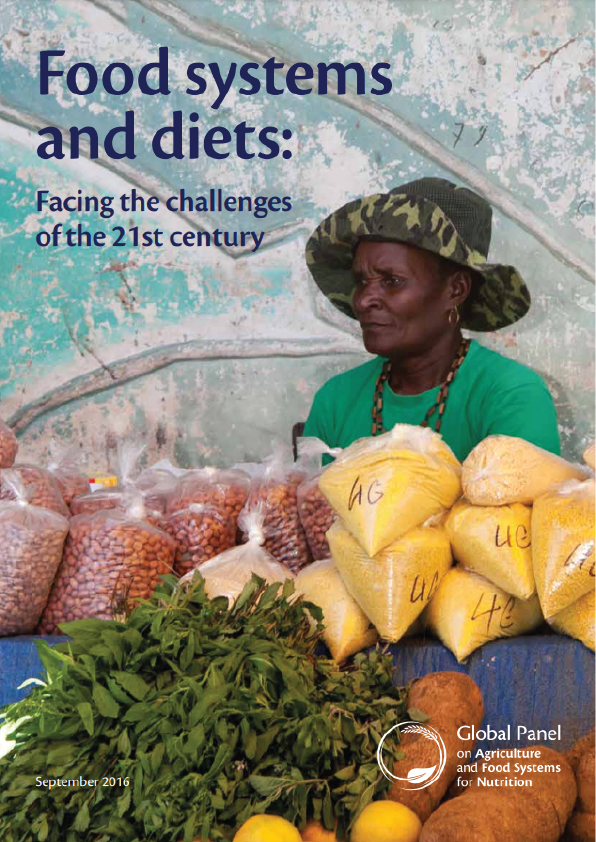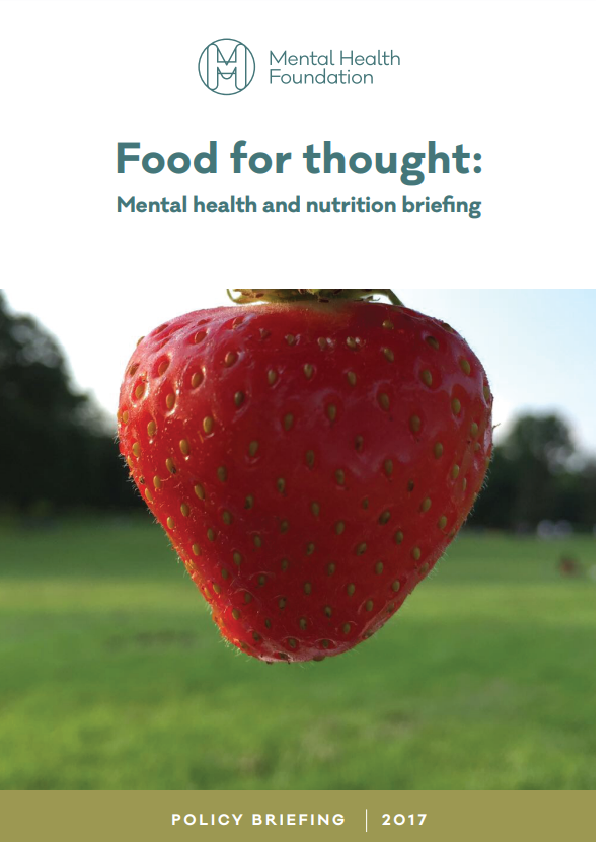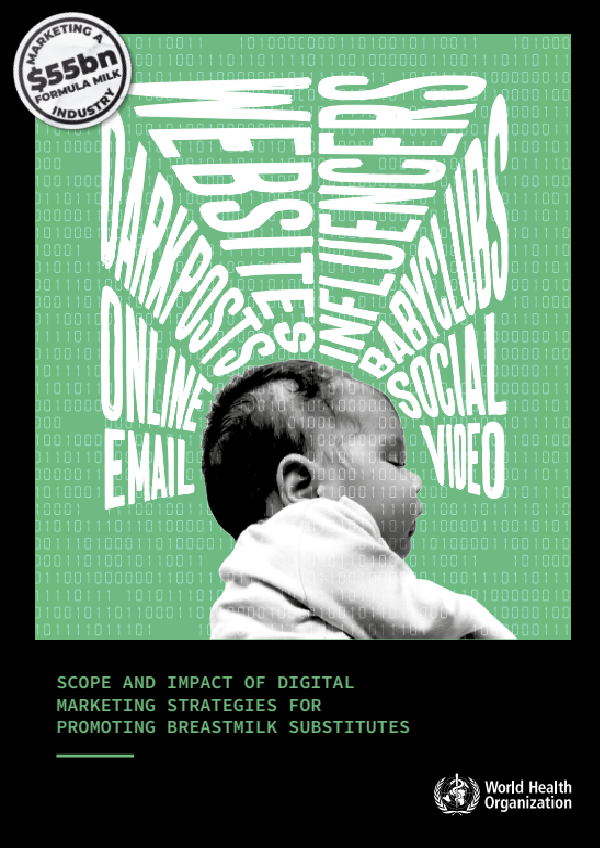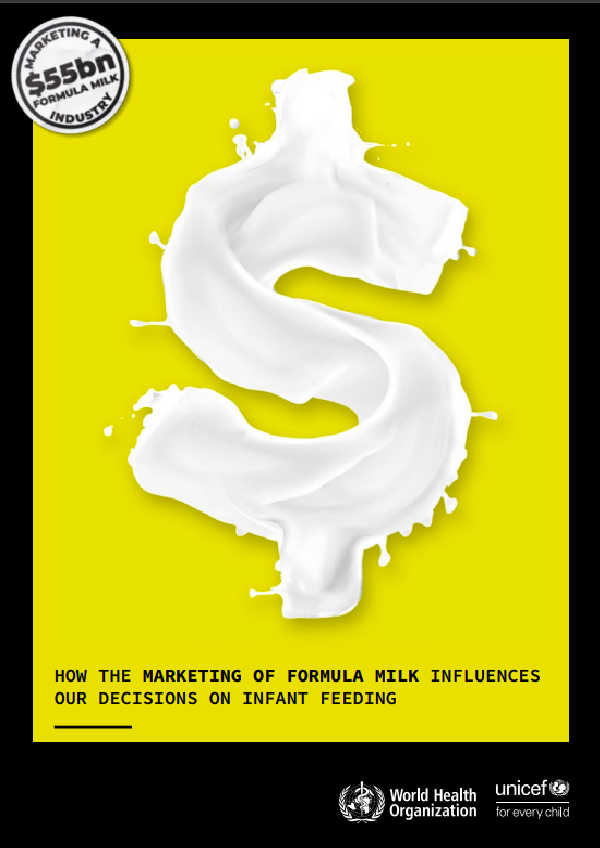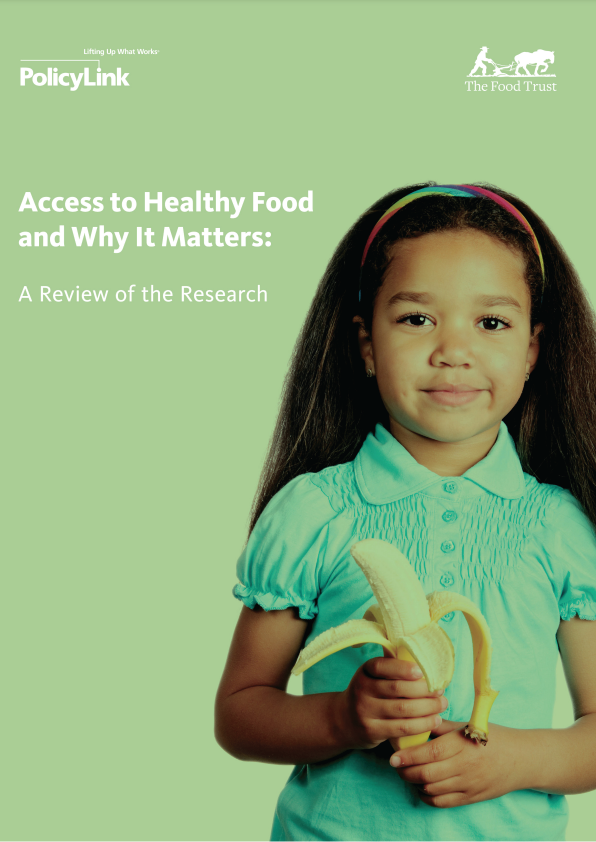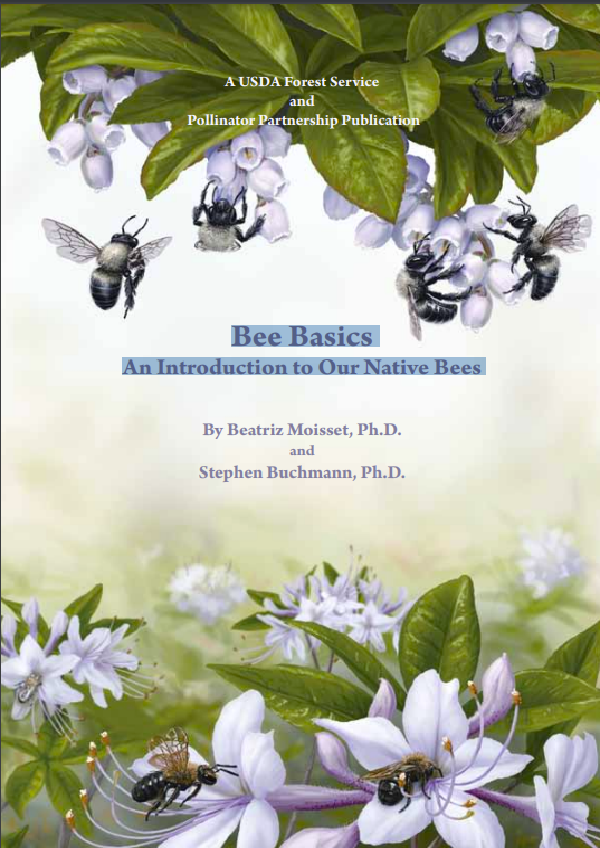WHO contributed by publishing norms and guidance that promote evidence-based practices in the safe management of water and sanitation, developing guidance, and delivering training.
for improving WASH in health care facilities, engaging in robust global monitoring to mobilize political will, and providing targeted technical assistance to countries.
Taxing sugary drinks can lower consumption and encourage reformulation. It can reduce obesity, type 2 diabetes and tooth decay, especially for lower-income, less-educated and younger populations.
- Mexico’s 10% tax on sugar-sweetened beverages resulted in a 5·5% decrease in sales by the end of the first year, and a 9·7% drop in sales in the second year, with the largest decrease amongst the most socioeconomically disadvantaged households—those also disproportionately affected by diet-related conditions such as type 2 diabetes and obesity.
- In Chile, a newly-introduced SSB tax was able to reduce the monthly purchased volume of the higher-taxed, sugary soft drinks by 21.6%.
- Within three years after imposition of SSB tax in Berkeley, SSB consumption decreased by 52%, and water consumption increased by 29%.
- The announcement of the imposition of an SSB tax urged manufacturers in Thailand, the United Kingdom, Portugal, Malaysia5, and South Africa to reduce the sugar content of their products.
Alcohol
Studies show that increasing the price of alcohol through higher taxes can reduce alcohol consumption and its related harms, and prevent drinking initiation.
Related harms :
• motor vehicle crashes and fatalities;
• deaths from liver cirrhosis,
• alcohol dependence
• other diseases caused by excessive drinking
• incidence of sexually transmitted diseases
• crime and violence, including homicides,
• rape, robbery, child abuse, and spousal
• abuse;
• workplace accidents
In 2001, China imposed an additional volume based tariff on top of the existing alcohol tax which resulted in a sharp decline in alcohol consumption. Five years later, the Chinese lowered the tax on spirits, which resulted in a steep rise in alcohol consumption.
The 1984 alcohol tax cut in China, Hong Kong SAR coincided with a massive surge in imports as well as a significant increase in acute alcohol-related mortality in men. However, the contrary was observed after the 1994 alcohol tax increase: imports dropped, and there was a marked decrease in chronic, acute, and all alcohol-related mortality for both sexes.
